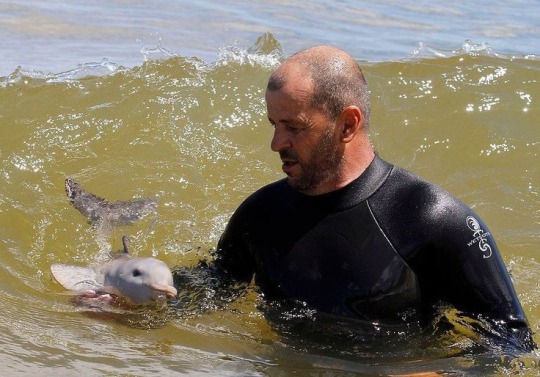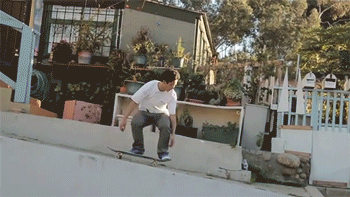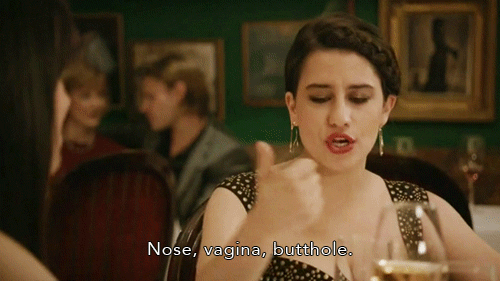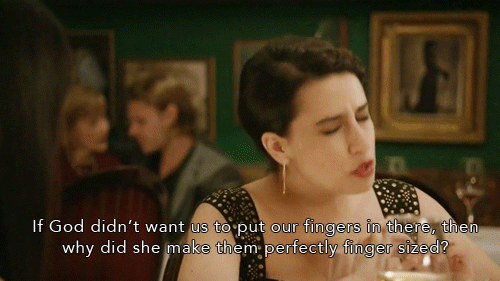Photo
montreal street artist roadsworth tries not only to beautify the urban landscape, often by incorporating existing street markings, but to also make a statement about the illusory urban disconnect from the natural environment. his (literal) street art is both a reclamation of a public space that as cyclists and pedestrians we are taught is dangerous, and a response to the primacy afforded to a car culture that largely dictates the planning of this public space. for his efforts, roadsworth was charged with 53 counts of mischief in 2004.
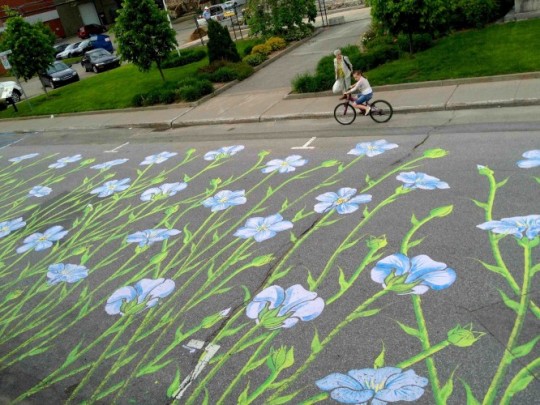


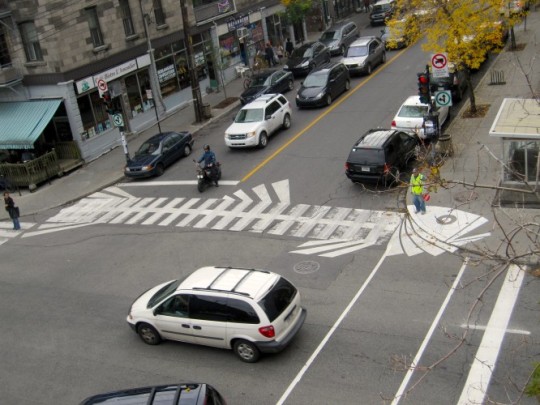
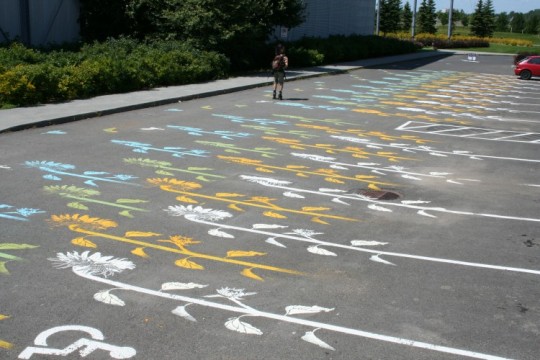
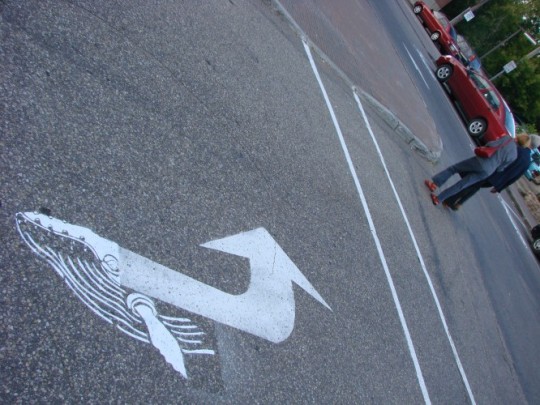
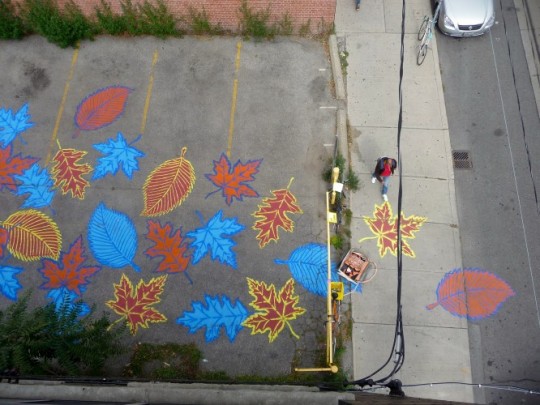

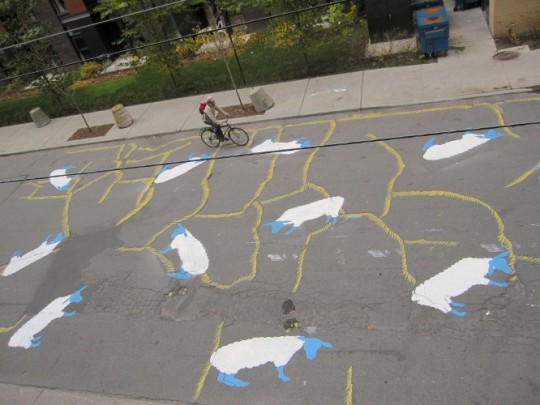
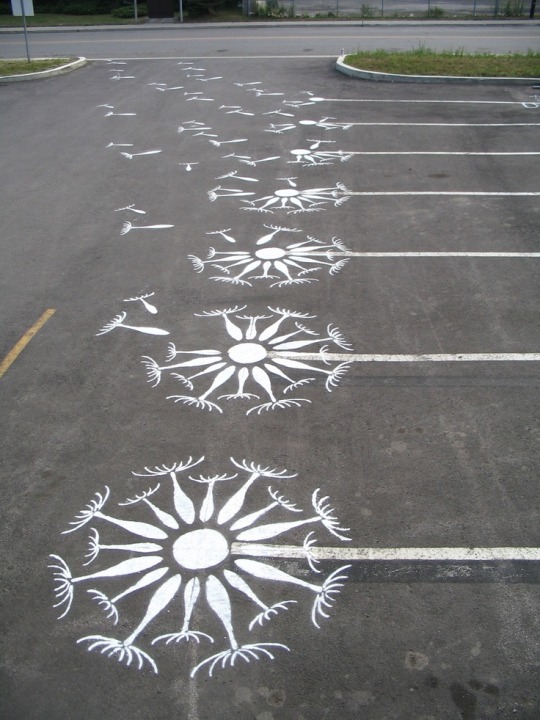
38K notes
·
View notes
Photo

My #rattlesnake #sculpture is done #ceramics #sierravista #southwest by lowtidejoe — http://ift.tt/1m3qScX
8 notes
·
View notes
Photo
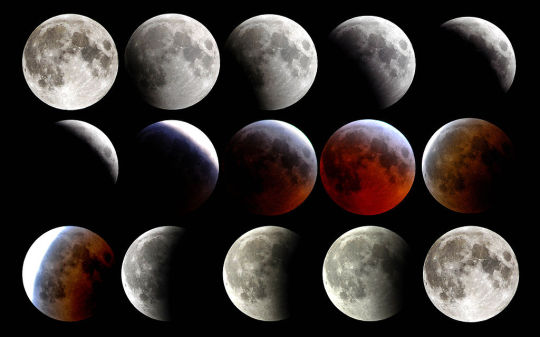
The Moon Goes Red Tonight
Are you in North, Central, or South America? Do you like staying up late and staring up at the sky? Yes? Then I have good news!
You can catch a total lunar eclipse Monday night, in all of its dusty-red glory, from just about anywhere in North America with a clear view of the night sky. The moon will enter the darkest part of Earth’s shadow (the “umbra”) at 1:58 AM ET, and remain there until 4:24 AM ET. At 3:06 ET, the moon will be completely darkened by the Earth’s shadow!
Except that the moon won’t be completely dark. During a lunar eclipse, the moon turns a dusty shade of red. Why is that? You can thank Earth’s atmosphere.
To understand the red color of a lunar eclipse, it’s best to see how Earth would look from the moon. Check out the image of Earth eclipsing the sun (it’s not a real photo, btw. It was created from several images taken by Apollo astronauts):
(via Astro Bob)
See that halo of light around Earth? Our diffuse shell of air and dust bends and reflects a portion of the eclipsed sun’s light around the planet and onto the obscured moon. And since only the longest wavelengths of light make it through our atmosphere without being scattered away by the air molecules (the same reason that sunsets are red), the moon is bathed in crimson! Here’s a video I made about that atmospheric color show:
Check out more eclipse goodness at Bad Astronomy. Top image via Wikipedia.
4K notes
·
View notes
Photo


As someone who wants to study the human consciousness I found this very interesting.
Scott Routley was a “vegetable”. A car accident seriously injured both sides of his brain, and for 12 years, he was completely unresponsive.
Unable to speak or track people with his eyes, it seemed that Routley was unaware of his surroundings, and doctors assumed he was lost in limbo. They were wrong.
In 2012, Professor Adrian Owen decided to run tests on comatose patients like Scott Routley. Curious if some “vegetables” were actually conscious, Owen put Routley in an fMRI and told him to imagine walking through his home. Suddenly, the brain scan showed activity. Routley not only heard Owen, he was responding.
Next, the two worked out a code. Owen asked a series of “yes or no” questions, and if the answer was “yes,” Routley thought about walking around his house. If the answer was “no,” Routley thought about playing tennis.
These different actions showed activity different parts of the brain. Owen started off with easy questions like, “Is the sky blue?” However, they changed medical science when Owen asked, “Are you in pain?” and Routley answered, “No.” It was the first time a comatose patient with serious brain damage had let doctors know about his condition.
While Scott Routley is still trapped in his body, he finally has a way to reach out to the people around him. This finding has huge implications.
SOURCE
418K notes
·
View notes
Photo

1974 and Subaru gets a little better.
showroom brochure
125 notes
·
View notes
Photo

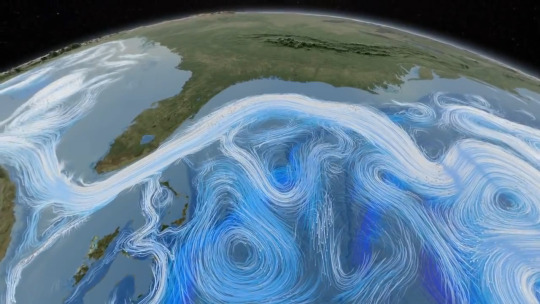
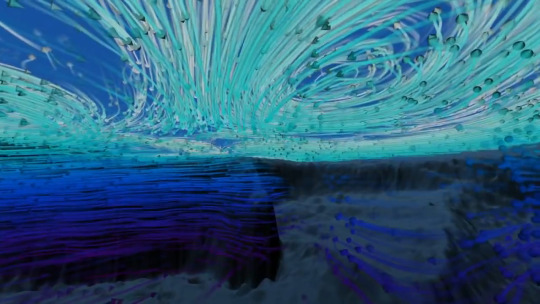
First prize in Science’s Visualization Challenge (video category) went to this NASA video by Greg Shirah, Horace Mitchell, and Tom Bridgman. It shows Earth’s “climate engine” — the wind patterns and ocean currents that are powered by the sun.
7K notes
·
View notes

